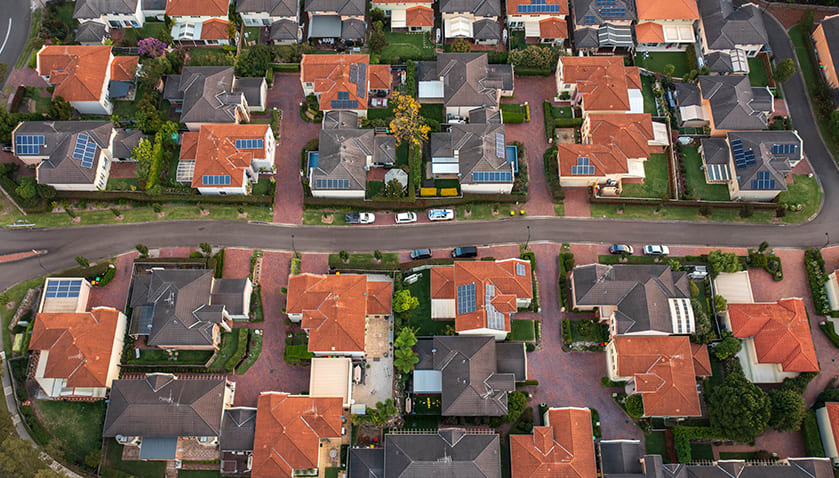Tasmania reveals 30-year road map for Hobart housing
The Tasmanian government has unveiled a proposed 30-year plan for guiding the growth of Hobart – a city that’s been experiencing one of Australia’s tightest rental markets and some of the highest house price increases of any country in the world.

Tasmanian Premier Jeremy Rockliff is currently calling for feedback on the draft plan, which was developed collaboratively between the four Greater Hobart councils. Together they have put forward ideas for directing the long-term development of and upgrades to housing and infrastructure, working off the assumption that 60,000 more people will call Greater Hobart home over the next 30 years.
In its current form, the plan acknowledges that housing is one of the greatest challenges facing the growing city. It puts forward the proposal of accommodating the building of 30,000 new dwellings over the next three decades to ease existing housing constraints and accommodate the growing population.
Their analysis of land supply data identified the following opportunities for future residential development over the next 30 years:
- Low-density greenfield housing on existing residentially zoned land – 9,450 additional dwellings
- Medium-density infill housing
- within existing inner suburban areas across Greater Hobart – 12,380 additional dwellings
- within existing business zoned land close to primary and principal business districts – 9,000 additional dwellings
- on rezoned land to enable residential use (e.g. Hobart Showgrounds and UTAS Sandy Bay campus) – 3,700 additional dwellings
- Higher density infill housing in appropriate locations
The main areas identified for infill and greenfield development include the Droughty Point Peninsula, Granton, Austins Ferry, Kingston central business district, Huntingfield, Margate, Snug and Hobart CBD.
In developing new housing, the councils have stressed that a wider array of options in terms of size, amenities and types of construction are needed to properly cater to the city’s population.
“Greater diversity in housing is required to provide greater choice for individuals to suit different lifestyles and different stages of life, including supporting older people to age-in-place by having opportunities to downsize their home yet still remain within their own neighbourhood to maintain connections to friends and family,” the plan noted.
“Housing also needs to be well-located so that people can have good access to local jobs, services and transport connections.”
They believe the total available land supply within the current Greater Hobart urban growth boundary could potentially cater for over 34,000 additional dwellings, though they have acknowledged that the current urban growth boundary may need to be adjusted as future growth areas are identified.
Following the period of public feedback, a finalised plan will be drafted to inform an update to the Southern Tasmania Regional Land Use Strategy.

